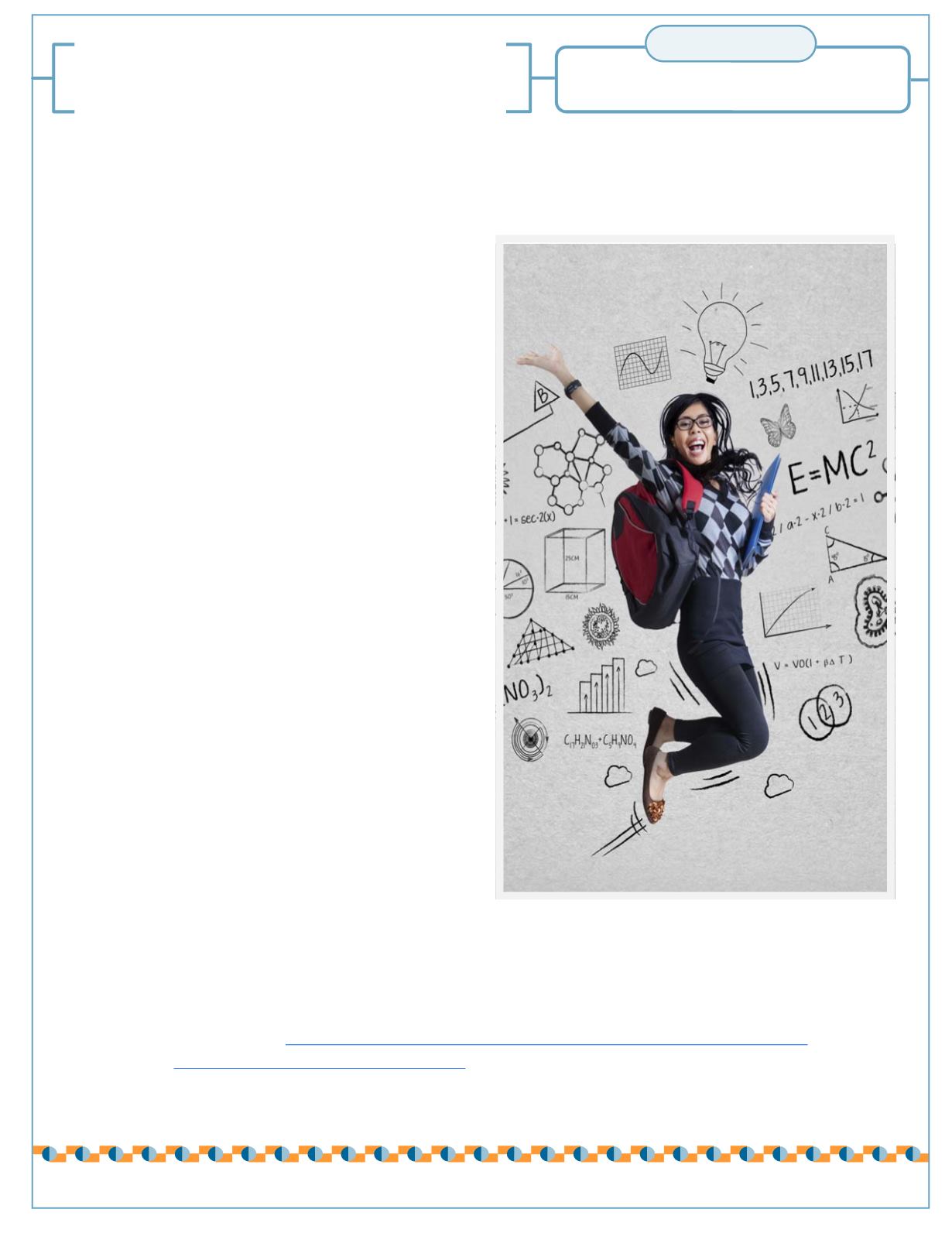

28
GOAL
Purpose:
Reading for Essential
Understanding
SęėĆęĊČĞ: LĊĆėēĎēČ FėĔĒ FĊĊĉćĆĈĐ
IĒĕđĊĒĊēęĆęĎĔē
Fine‐tune how you read feedback by focusing on
the details of comments from your teacher.
Read these suggestions about feedback:
1. Increase the value of tests and homework. A
grade or number on a test or homework
assignment is not the most critical information
that you receive. Take time to read comments,
about any misunderstanding you might have had
about a topic.
2. Feedback is best when it is corrective in nature.
Learning how to correct your errors is
important. Make feedback another part of your
learning process.
3. Know that your teachers want to see you succeed.
Take advantage of any opportunity your teacher
provides for you to ask questions and/or redo
work.
4. You may be asked to provide feedback to another
student. You can monitor and provide feedback
to other students, as well as compare your work
to criteria. Engaging in review of your own work
and others can enhance your learning.
5. To give you time to absorb new ideas, tests are
often more effective as opportunities for learning
if a day has gone by between learning experiences
and the test.
6. Use rubrics. Rubrics improve your learning. You
may be asked to help in developing rubrics.
Rubrics help focus your effort.
Psencik, Ed.D., K. (n.d.). Examining Student Work and Providing Precise Feedback.
Retrieved February 24, 2015, from
http://www4.scoe.net/ims/webcasts/relatedMaterials/140121ProvidingFeedback.pdf
Original Source:
http://www.netc.org/focus/strategies/prov.php
Ximagination .iStock/thinkstock
DoDEA Virtual High School (DVHS)


















